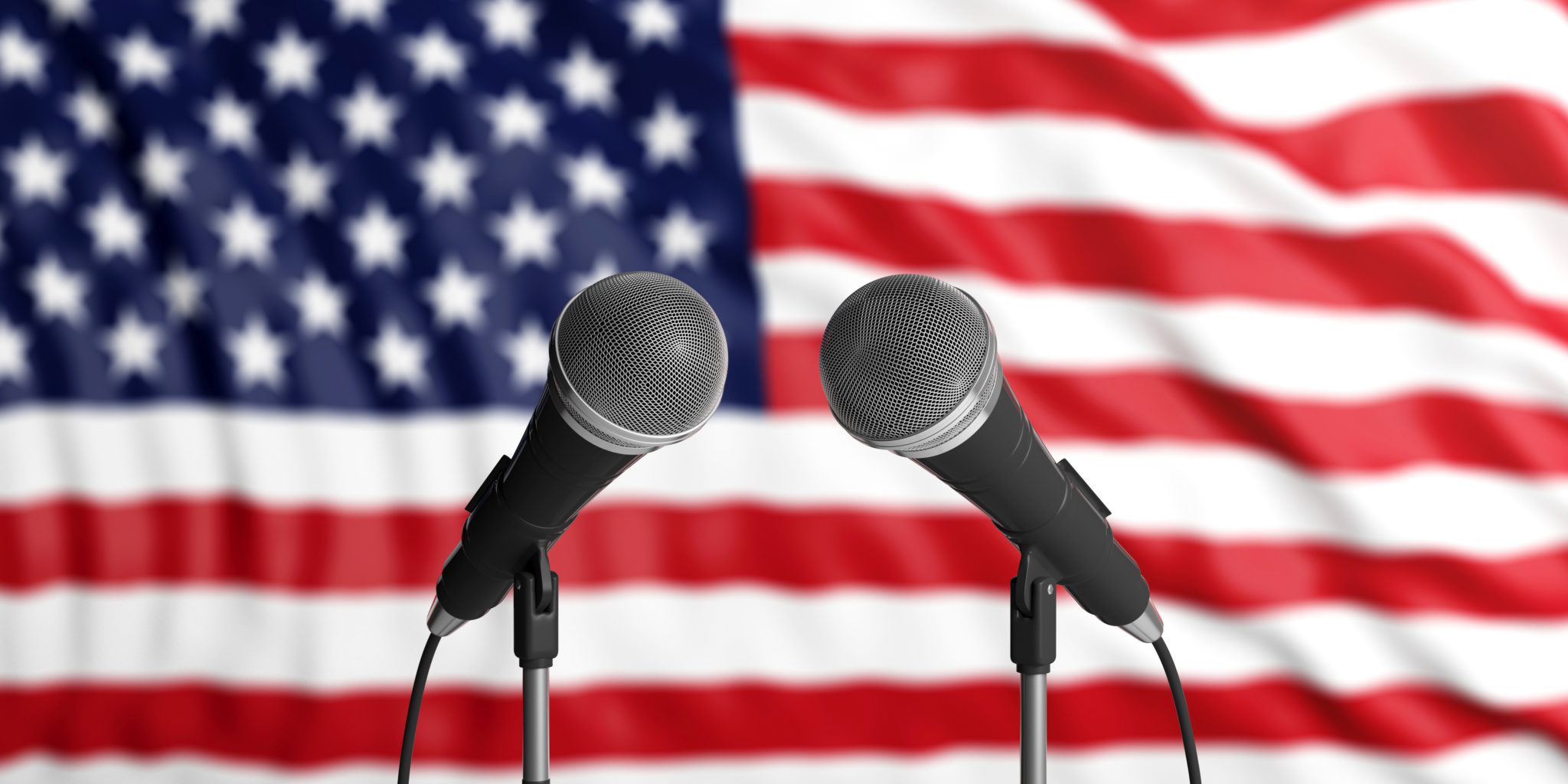At the Barbara Lee Family Foundation, our team is closely following the historically diverse…
Boston Mayoral Debate: What We Saw

Last night, the five candidates for Boston mayor met for a televised debate in advance of next week’s preliminary election. As we’ve covered, this is a historic race: all five candidates are people of color, four of them women, teeing up the first ever election of a nonwhite male mayor of Boston.
Recent polling of Boston voters shows a close race for second place, with Michelle Wu polling as an established leader out of the five candidates, and a number of voters still undecided.
Here’s what we saw at yesterday’s debate in this inspiring race:
Lived experience informing policy
All five candidates cited their experiences as parents when talking about the Boston Public School system. Michelle Wu spoke about her mother’s mental illness and interactions with the police when the topic of law enforcement came up. Kim Janey referred to an uncle who died of an overdose while discussing Boston’s “Mass & Cass” area, where individuals with substance abuse issues live, and Andrea Campbell wove in her childhood living on one of those streets, Massachusetts Avenue. Annissa Essaibi-George invoked her experience as a teacher when laying out her plans for education. Those are just a few of the many ways that the candidates tied their policy positions and plans to their lived experiences. Barbara Lee Family Foundation research shows that the authenticity they demonstrated resonates with voters. We also know that showing “360-degree” candidacy is something women in politics can newly do as they blaze new trails and move past an outdated template designed for male politicians.
Plans, plans, and more plans
From Andrea Campbell laying out how she will address the “Mass & Cass” area, to Michelle Wu describing what she will do to make Boston a more resilient city in the face of climate change, the candidates seemed eager to show that they have plans for the myriad crises happening right now. The frequent emphasis on preparing and executing plans throughout the debate tracks with focus groups conducted by BLFF, which found that when voters considered what it meant for a leader to “handle a crisis,” the most frequently used verb was “plan.”
One of the debate’s flashpoints between candidates was also centered around a plan, when John Barros critiqued Acting Mayor Kim Janey regarding policing, saying that she does not have a plan.
Naming accomplishments
All four of the women in the race have previously served in Boston as City Councilors, and their accomplishments in those roles were points of emphasis throughout the debate. As the current Mayor, Kim Janey was also able to cite her administration’s work over the last few months—from policies for masking and vaccine rollout to addressing Boston’s affordable housing crisis. But the other candidates also pointed to experience as Councilors: Annissa Essaibi-George spoke about her work forming a committee while on the Council to zero in on crucial issues of mental health and homelessness, and Michelle Wu cited her track record in building coalitions to get things done.
Notably, candidates were able to name specific facts and figures about what they have done on behalf of communities. For example, Andrea Campbell named 30 lots in her district as City Councilor that are in development for housing, and supportive housing. Kim Janey detailed the specific amount of money she has put into building home ownership opportunities. BLFF research shows that citing specifics about accomplishments is an effective way for women incumbents to prove to voters that they are doing a good job of leading.
With a second debate tonight, we will be eagerly tuned in to see how this important race develops! The stakes are high with these debates: Recent polling indicated that there may be as many as a quarter of likely voters in Boston who are still undecided. Moreover, our research shows that voters link a strong debate performance with electability.






